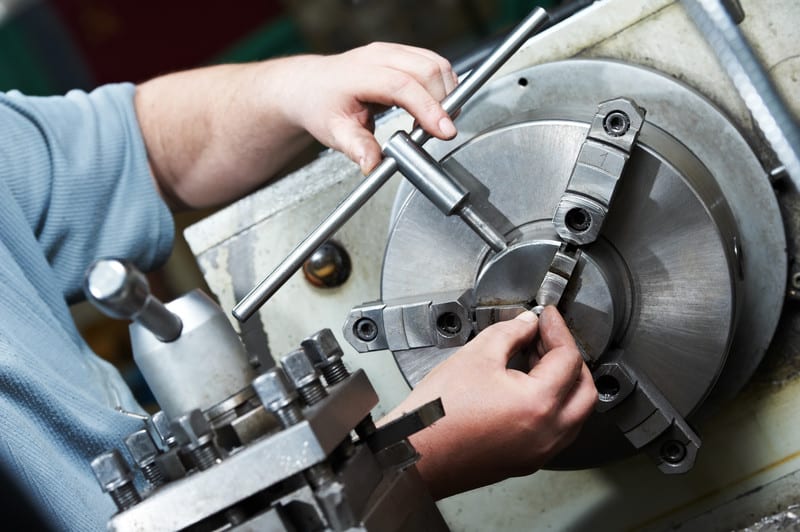Short of developing a product that never breaks, what’s the next best solution for companies to ensure the reliability of their products? What about machines that could communicate with field service organizations and send out alerts when a part needs replacing or when the system needs an update? From medical devices and home products to manufacturing equipment and ATMs, Dan Murphy, vice president of marketing at Axeda, a cloud platform provider for connected products and machine-to-machine (M2M) technology, explains how the Internet of Things is changing the field service industry into a revenue-driving force.
How can M2M technology improve a field service technician’s day-to-day?
One great example of a company using M2M for their field service organization is one of our customers, Diebold, the international ATM manufacturer, headquartered in Ohio. They use M2M technology to manage thousands of ATMs spread out all over the world. Diebold has an enormous field service team that is responsible for the maintenance and repair of all of these ATMs on a 24/7 basis. Using M2M technology, their field service team is able to remotely monitor the machines and keep track of how long a machine has been in use and how many times it has been used. ATMs commonly need multiple replacement parts because of wear and tear, and with M2M technology, they have been able to set up alerts in the system that tell technicians when they need to replace a specific machine’s parts.
What other kinds of information are available through M2M technology?
When a field service technician gets a service call through an M2M system, they don’t just receive a time and location, but they also have access to all of the data about that piece of equipment as well as diagnostics and troubleshooting information before they even arrive. This helps technicians with knowing what replacement parts and tools to bring ahead of time.
In another scenario, if it’s a software update or the equipment simply needs a reset, the technician doesn’t even have to visit the customer’s site, they can take care of that remotely. Diebold has been able to resolve a total of 17 percent of their issues remotely without ever sending a technician onsite. This greatly decreases both the amount of downtime that the customer experiences as well as site visits that have to be made.
How does this affect the kind of revenue a service center can produce?
Many field organizations using M2M technology have been able to offer it as a part of a premium service package. This makes organizations better able to reach their service goals as well as decreases the amount of time the average service call takes. The ability to diagnose the issue remotely and having aggregate data on the product’s performance both have a huge impact on the kind of service they can provide.
What do you predict for the future of M2M technology in the field?
Many field organizations that we work with are now experiencing a new flow of data into their organization that they never had before. By looking at their products’ performance on an aggregate level, they have developed a better understanding of how a healthy machine performs versus one that is having issues.
This has been extremely important for the medical device industry where downtime can cost patients their health and even their lives. Equipment such as multi-million dollar image archiving systems, MRIs and X-ray machines are all important to keep running for patient and doctor access. With M2M technology, the field service organizations maintaining the equipment are able to flag issues before a break occurs and by doing so prevent downtime while the machine is being repaired. This is the next step in an evolution for what’s available with connected products.


Megan, couldn’t agree more. M2M technologies are changing field service in incredible ways! M2M, coupled with remote video, is going to completely change how service is done. Exciting times ahead!